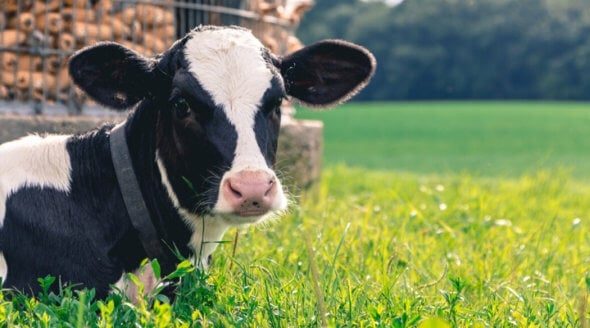All About Animals: The Issues (Ages 14-16): Animal Testing
Animals are used in laboratories to test household products, such as dye, soap, nappies, washing powder, agricultural and industrial substances, medicines, weaponry (including biological warfare weapons) as well as food additives and possible environmental pollutants. Animals are also used in psychological experiments.
Vivisection originated in second-century Rome when Galen, physician to gladiators, was prevented from continuing his dissections of human cadavers by the Church-led moral opposition. He switched his attention to goats and monkeys instead and thus became the ‘father of vivisection’.
According to government statistics from 2009, 3.6 million scientific procedures were conducted on animals in Great Britain – this is up nearly a million since 2002. These included monkeys, dogs, cats, horses and birds, rabbits and guinea pigs. Around 60 per cent of these experiments were conducted with no anaesthetic at all, while the rest were administered ‘some form of anaesthesia to alleviate the severity of the interventions.’ All the animals died, either as a result of the experiment, or were killed at the end when they were no longer useful. Some animals may survive one experiment only to be used in a subsequent procedure before being killed. In the UK, an animal dies every four seconds in laboratories.

It is virtually impossible to gain access to such breeding establishments or laboratories to investigate conditions.
An Animal Experimenter Might Say…
We must test on animals because there is no other way to research potentially life-saving drugs and therapies. While it’s true that animals do not always react the same way as people to drugs, using animals can give us a good indication of how our bodies may react.
Other non-animal methods are being developed all the time and they are being used more and more. However, there are some areas where animals must still be used. We do our best to keep suffering to a minimum and we are tightly controlled and regulated by the Home Office, which issues licenses for each experiment.
Someone Who Opposes Experiments on Animals Might Say…
There’s no guarantee that drugs are safe just because they’ve been tested on animals. Because of the physiological differences between humans and other animals, results from animal tests cannot be accurately extrapolated to humans, leaving us vulnerable to exposure to drugs that can cause serious side effects. There are countless examples of species differences and how different substances affect those species in very different ways (for example, penicillin kills guinea pigs). Thousands of drugs that have been passed as safe after testing on animals are later withdrawn from the market because they proved dangerous to humans. One of the best known of these is Thalidomide, which caused birth defects in over 10,000 babies. And there have been many more recent cases too, including:
- Seroxat, the anti-depressant drug which, after being pronounced “safe” in animals led a number of young people to kill themselves.
- Vioxx, the painkiller, which caused thousands of heart attacks and deaths.
There can also be profound differences in results within species. If a male rabbit reacts one way to a drug and a female rabbit a different way, which result will researchers believe? That depends on who is paying for the research.
Much animal testing is not for pharmaceuticals but for household products, agro-chemicals and other non-medical products.
You want more info? This is where to go:
| BUAV | www.buav.org | 0207 700 4888 |
| Research Defence Society | www.rds-online.org.uk | 020 7287 2818 |

